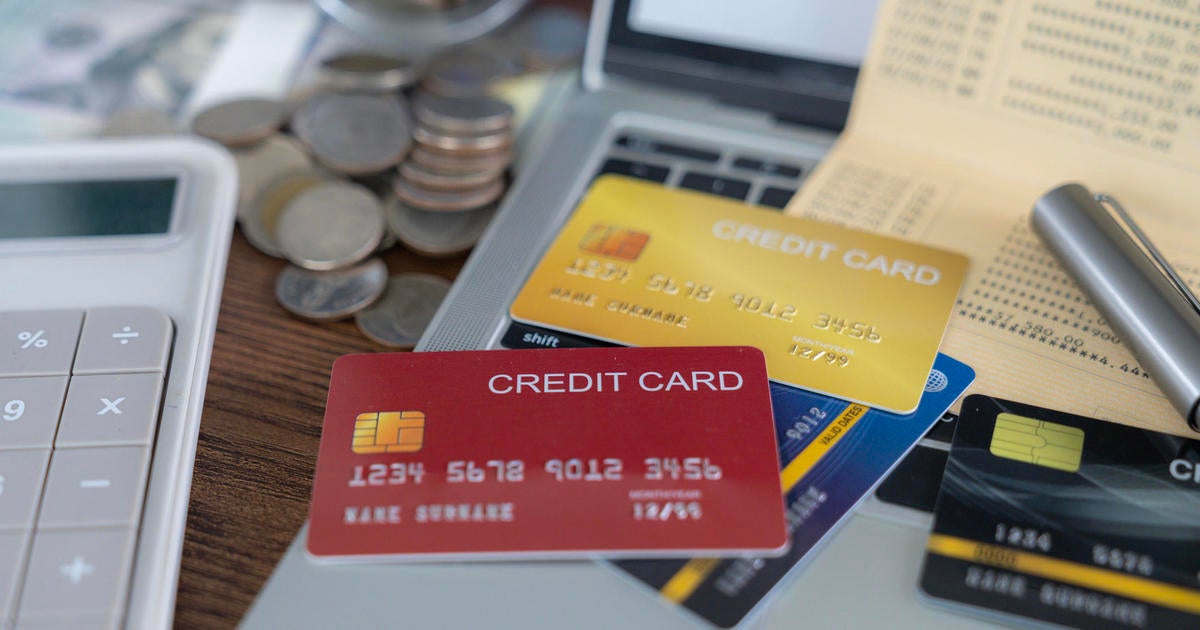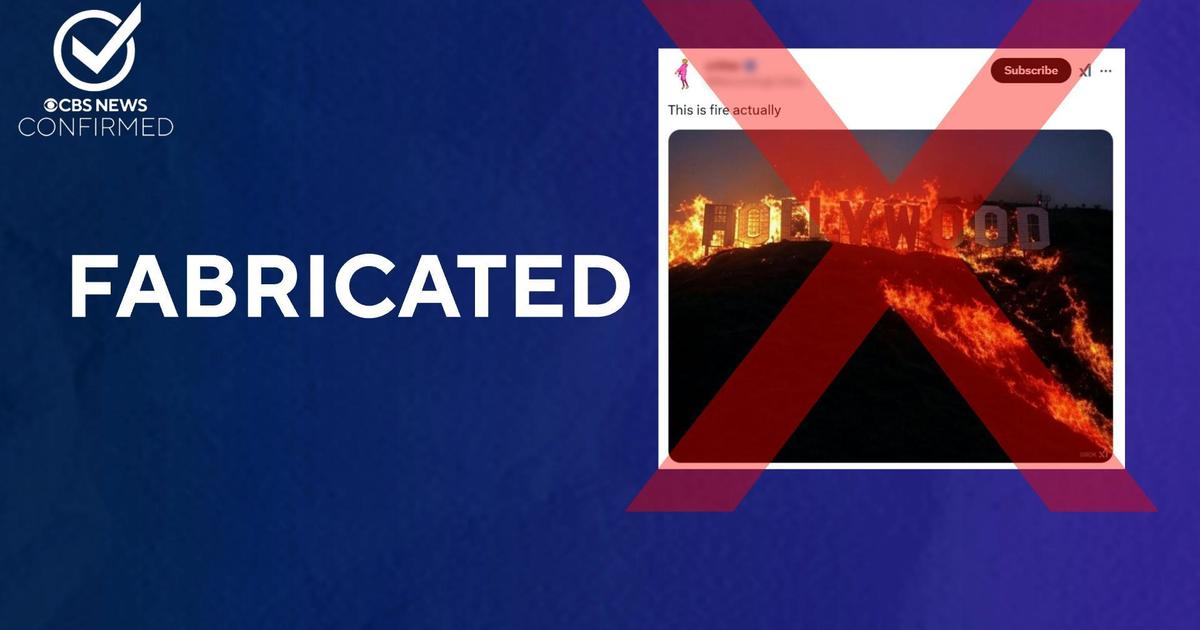We may receive commissions from some links to products on this page. Promotions are subject to availability and retailer terms.

nui/Getty Images
Credit card debt has become a significant financial challenge for many Americans — including many of the cardholders who have tried to maintain responsible habits. Part of the issue is that card rates are hovering at all-time highs right now — the average credit card rate is nearly 23%, while the average retail card rate is over 30% on average. That, in turn, has driven the total amount of credit card debt up nationwide, with total credit card balances sitting at a record $1.17 trillion.
That equates to the average cardholder owing nearly $8,000 on their credit cards. This growing debt burden has led to a surge in credit card delinquencies and defaults as more and more cardholders are struggling to keep up with even the minimum payments on their credit cards. But effectively managing your credit card debt is crucial for financial stability — so if you’re one of the many who’s struggling to stay on top of what you owe currently, it could be worth trying to have some of your credit card debt forgiven.
When you pursue credit card debt forgiveness, the goal is to have your card issuers or debt collectors agree to settle your debt for less than what you currently owe, with the remainder being “forgiven” as part of the agreement. There are a few different ways to do that — but as with any financial strategy, some credit card debt forgiveness methods may be a better bet than others. So which ones should you pursue, and which ones should you avoid? That’s what we’ll break down below.
Start eliminating your credit card debt and get help now.
2 credit card debt forgiveness strategies to use
If you plan to pursue this type of debt relief, these strategies could be your best bet:
Enroll in a debt forgiveness program
Working with a reputable debt relief company can provide structured support and potentially significant debt reduction. These companies work to negotiate with creditors on your behalf to settle debts for less than what you owe, often achieving settlements that are 30% to 50% lower (or more) than the original balance. The process typically takes between 24 and 48 months to complete, during which you make monthly deposits into a dedicated account to build up funds for settlements. Some of the key benefits of this strategy include:
- Professional negotiation expertise and established relationships with creditors
- The potential for significant debt reduction
- A single monthly program payment
- Support throughout the debt resolution process
And, there are also some considerations to weigh before enrolling:
- The fees typically range from 15% to 25% of the enrolled debt
- Your credit score will likely decrease during the program
- Creditors may still attempt collection efforts until the settlements are reached
- There are possible tax implications for forgiven debt
- This option is often best suited for those with $10,000 or more in unsecured debt
Find out how to tackle your expensive credit card debt today.
File for bankruptcy (if your debt is truly overwhelming)
When credit card debt becomes genuinely unmanageable and other options aren’t viable, filing for bankruptcy can provide a legal fresh start. Chapter 7 bankruptcy can eliminate most unsecured debts within three to six months, while Chapter 13 provides a structured repayment plan over three to five years. This option becomes particularly useful when your debt-to-income ratio is extreme or you’re facing aggressive collection actions. Some of the key benefits to this strategy include:
- Legal protection from creditor actions
- The potential elimination of most unsecured debts
- An immediate stop to collection calls and lawsuits
- The possibility of keeping certain assets while eliminating debt
And, the important considerations include:
- A significant long-term impact on your credit (which can last from seven to 10 years)
- It may affect employment or housing opportunities
- Some debts cannot be discharged
- Legal fees and court costs are involved
2 credit card debt forgiveness strategies to avoid
Conversely, if you plan to pursue this type of debt relief soon, you may want to avoid these strategies:
DIY debt forgiveness negotiations
While negotiating directly with creditors might seem like a money-saving approach, especially compared to paying the fees that many debt relief companies charge, it can be risky and less effective than working with professionals who have experience in these types of deals. As a cardholder, you lack much of the leverage, expertise and creditor relationships that professional debt settlement companies maintain. Here’s why you may want to avoid this option:
- Lower success rates compared to professional negotiation
- Risk of miscommunication or misunderstanding legal terms
- Limited leverage with creditors
- Time-consuming process requiring extensive documentation
- Potential for costly mistakes in settlement agreements
- Risk of creditor lawsuits during attempted negotiations
Filing for bankruptcy with manageable debt
Pursuing bankruptcy when your debt is still manageable through other means can be an unnecessarily drastic step — one with long-lasting consequences. This approach should not be used if you can afford to pay your debts through a structured program or if you have assets you want to protect. Here’s why you should avoid this route if your debt is still manageable:
- Unnecessary damage to credit history
- Loss of credit cards and difficulty obtaining new credit
- Potential impact on future employment opportunities
- Risk of losing assets that could have been protected
The bottom line
The key to successful debt resolution lies in matching the solution to your specific financial situation. If you’re struggling with significant credit card debt but can make regular payments, a debt forgiveness program through a reputable debt relief company generally often provides the best balance of debt reduction and manageable terms. For those facing truly overwhelming debt with no realistic path to repayment, bankruptcy can offer the fresh start needed to rebuild financial stability.
Before choosing any debt resolution strategy, just be sure to consider the long-term implications of each option and remember that taking action is crucial. The longer you wait to address credit card debt, the fewer options you may have available. So do your homework and choose the strategy that best aligns with your financial situation, goals and ability to commit to a long-term solution.
Angelica Leicht is senior editor for Managing Your Money, where she writes and edits articles on a range of personal finance topics. Angelica previously held editing roles at The Simple Dollar, Interest, HousingWire and other financial publications.










